Animalia

Darwin’s Fox
Lycalopex fulvipes


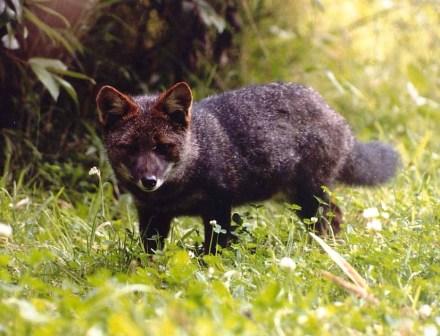
4 POINTS
Play: Darwin’s Fox has a MOVE of 2.
Fact: Darwin’s fox was first collected from San Pedro Island off the coast of Chile by the naturalist Charles Darwin in 1834.

Marine Iguana
Amblyrhynchus cristatus

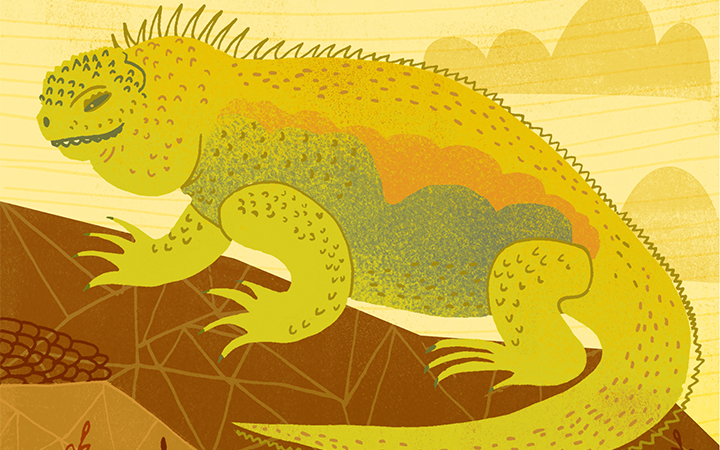

4 POINTS
Play: The Marine Iguana has a MOVE of 2.
Fact: Darwin was revolted by these creature’s appearance, and referred to them as “Imps of Darkness.”

Floreana Mockingbird
Mimus trifasciatus

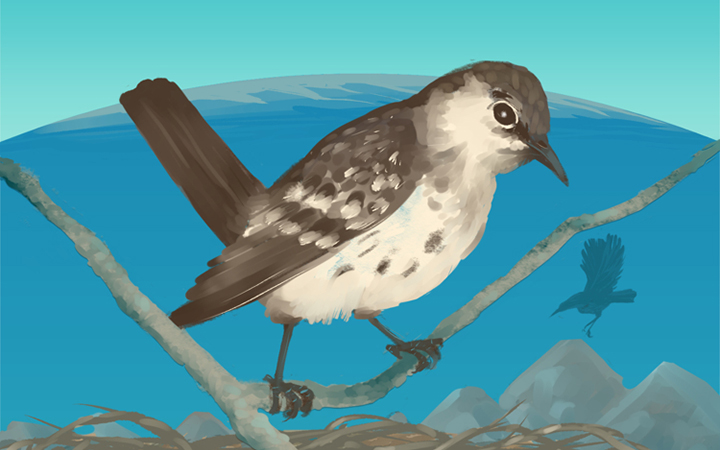
3 POINTS
Play: The Floreana Mockingbird has a FLIGHT of 2.
Fact: The Floreana Mockingbird is critically endangered and is on the brink of extinction.

Galapagos sea lion
Zalophus wollebaeki

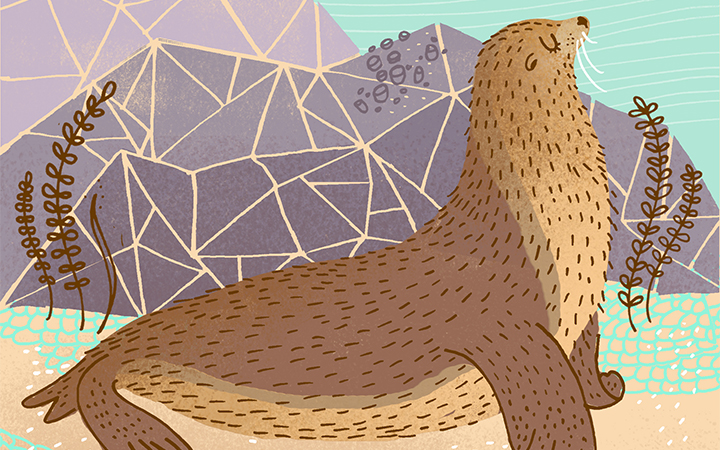

8 POINTS
Play: This sea lion has a MOVE of 2.
Fact: Their loud bark, playful nature, and graceful agility in water make them the “welcoming party” of the Galapagos Islands.

Aeronaut Spider
Parasteatoda tepidariorum


6 POINTS
Play: These spiders have a FLIGHT of 2.
“How inexplicable is the cause which induces these small insects, as it now appears in both hemispheres, to undertake their aerial excursions.” ~Darwin (Oct 31, 1832)

Dragonfly
Anisoptera Infraorder

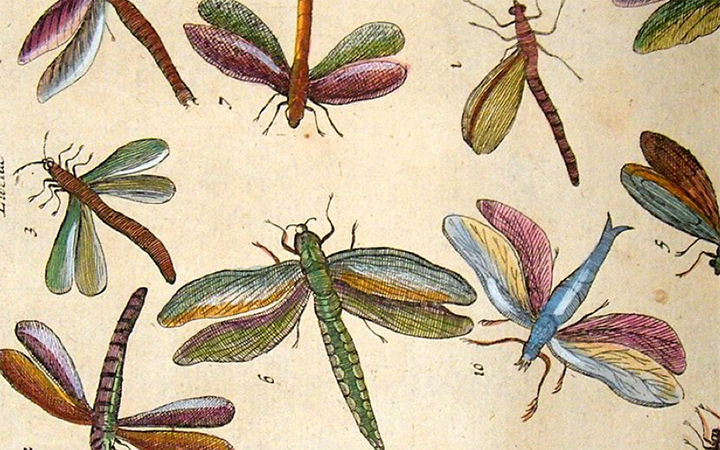
7 POINTS
Play: The Dragonfly has a FLIGHT of 2.
Fact: In general, large dragonflies have a maximum speed of 10 to 15 metres per second (22 to 34 mph.)